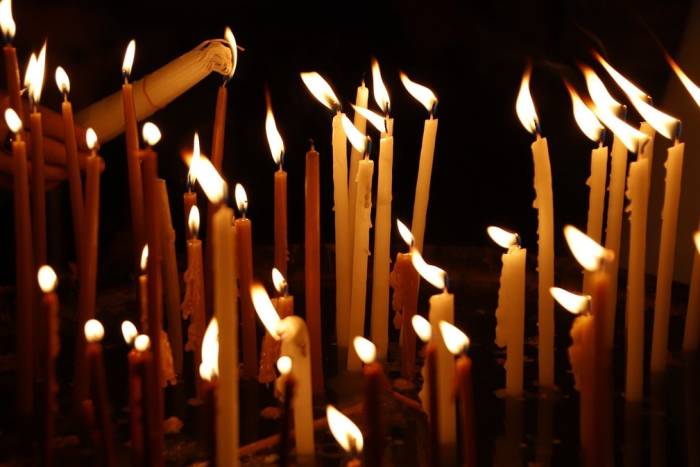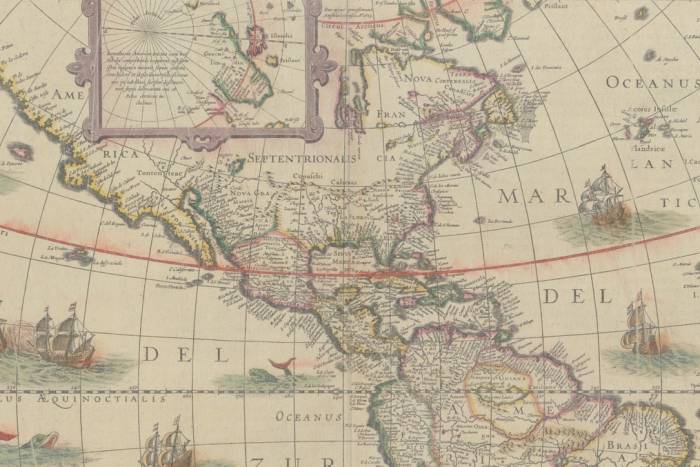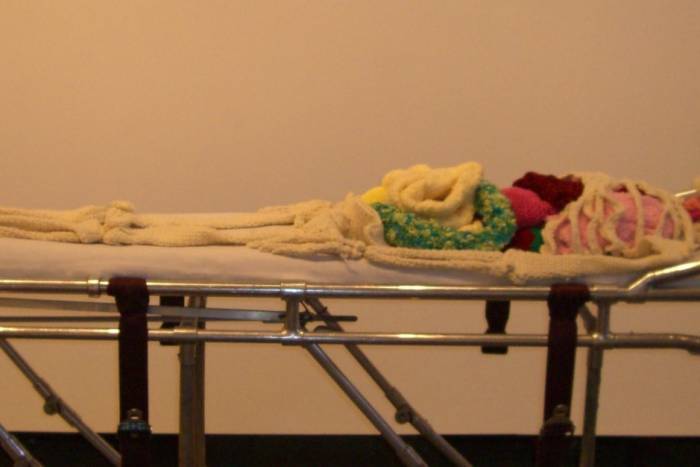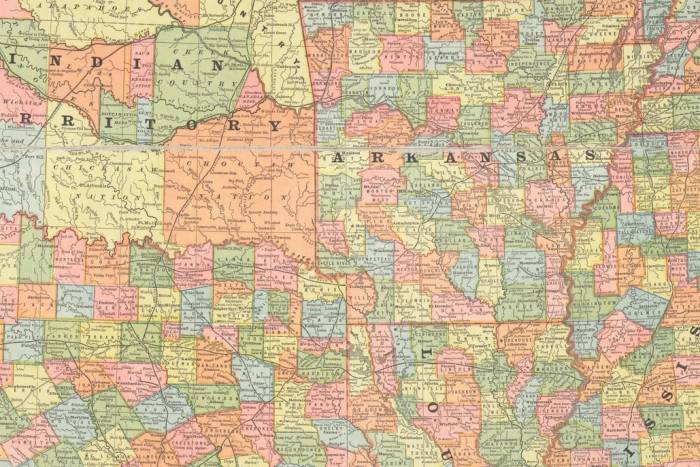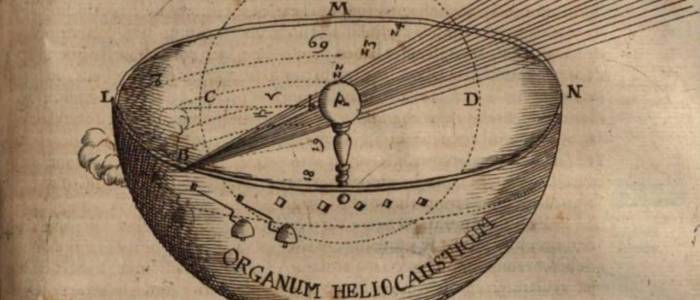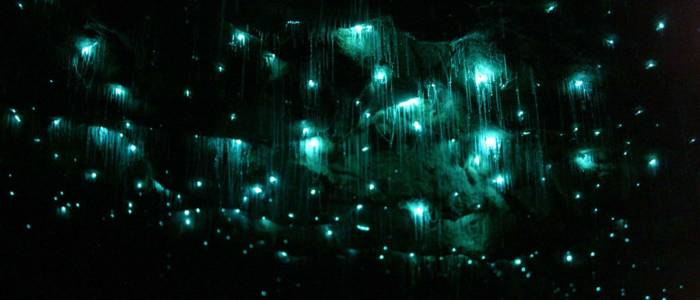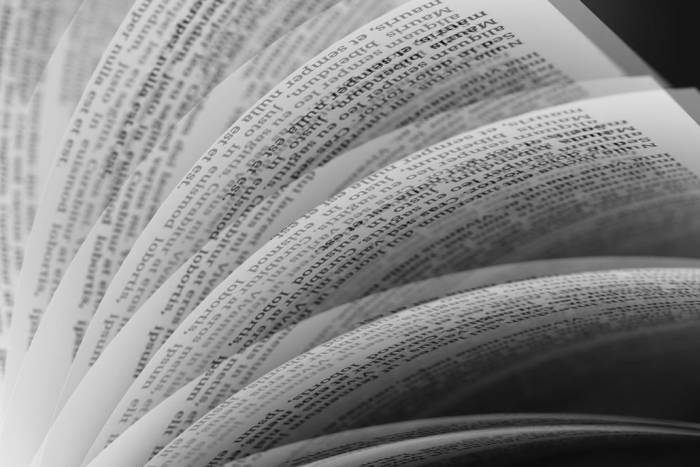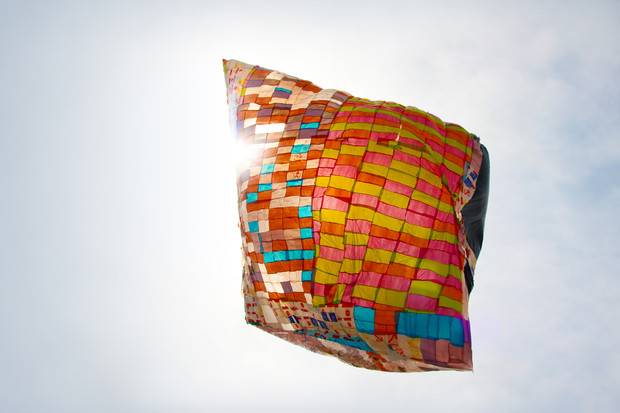The Extravagant Paradox of Ghost Detecting Machines
Since the end of the 19th century, countless numbers of séance devices have been invented, here are some of them, together with the enormous paradox they embody.
If we stop to think for a second, there is nothing more extravagant than a ghost-detecting machine ––An artifice to “perceive” the incorporeal and the timeless: a machine that feels. If all the faith we have deposited in Physics and manufactured technology has increased our faith in metaphysics and spirits, then we are before one of the greatest and most recreational paradoxes.Ever since the first ghost communication device was invented, and we were supposedly able to establish communication with “the great beyond”, hundreds of thousands of mediums emerged alongside the popular Spiritist movement which, in few words, responds to the belief that souls continue to exist after death and that it is possible to talk to them. When in 19th century they proliferated, mediums made use of these charming artifacts to facilitate their connection with the dead and endorse the practice of spirit communication.
These devices had the ability of excreting a substance called “ectoplasm,” and they could also give a voice to the clients’ closely related defunct. All this began when the Western world was developing more and more scientific discoveries, like the theory of evolution, which weakened the existence of God. People experienced a crisis of faith and at the same time they invested themselves in ghost stories. Spiritism was a profound answer to the anxieties about God and whether there was life after death. If you could prove that the latter existed, the entire game changed ––The communication with the dead was seen as an inscrutable proof of the existence of God.
Years before the ouija board became an international obsession, spiritists from the Victorian Age were thoroughly amused by the famous planchettes: small heart-shaped boxes that would scribble messages supposedly dictated by the spirits of the dead. Planchettes owe a great deal of their popularity to the flirtatious and potentially sexual dynamic they allowed among their users. Men and women would sit in close contact, often in half-light and with their knees grazing, with their hands intimately touching the board as they wrote messages dictated by spirits.
In the meantime, other artifacts would fleetingly emerge before they became lost in darkness. The so-called “dial plate”, in which a clock-like plate intervened between the two realms, was one of them: when a medium manipulated the machine, the hands pointed at letters and formed specific messages. Another fascinating artifact was the so-called Psychograph, or Apparatus of Indicating a Person’s Thoughts. This complicated machine worked with a series of leverages and discs that the users manipulated to spell out the words of ghosts. It was nothing short of the first spiritist artifact to be patented in the world.
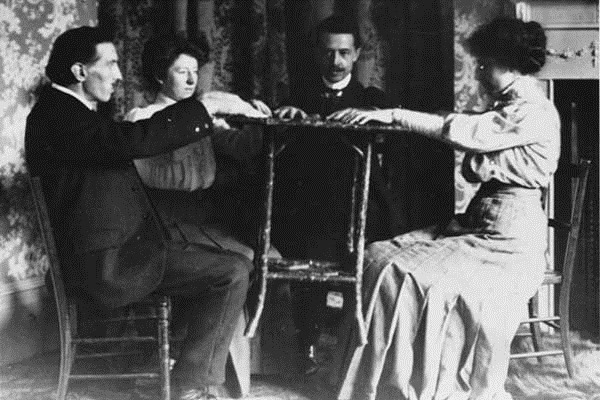
Like these, there were dozens of other versions (the Spiritscope, the Materialization Chamber, the Spirit Trumpet, the Cablegraph, or Spiritist Photography), but, of course, none of them lasted as long as the ouija board. This is the most prominent instrument that remains from that period, and today still makes people curl over with fear. It is likely that the demonic connotation of the ouija board can be traced back to that brief scene in The Exorcist when the young girl is talking to Captain Howdy on the board before she becomes possessed.
Today, however, when we talk about ghost-detecting machines we mean all sorts of virtual interfaces and apps that recreate ouija boards but go well beyond. There are spirit detectors, infrared cameras, electromagnetic field detectors, ghost radars and many other applications that can measure paranormal activity. They all carry out one fundamental function: they help us tell stories. Ghost stories of course.
The paradox of the “perceiving machine” is thus an ally in our own ontological need to tell stories, and in our metaphysical need to translate what lies beyond. In addition to being a dramatic resource to solve situations unexpectedly, the Latin phrase Deus ex machina, which means “God from the machine”, eloquently summarizes the extravagance of Spiritism. It is a narrative resource but it is also a metaphysical one. We invented the machine to reconcile two worlds, to serve as the best of mediums, and to have the incorporeal and the improbable be mechanized before us, who believe more in that technological “natural inherence” than in our own intuitive capacity. The real mystery is not whether machines feel, but whether humans do.
Related Articles
When ancient rituals became religion
The emergence of religions irreversibly changed the history of humanity. It’s therefore essential to ask when and how did ancient peoples’ rituals become organized systems of thought, each with their
Seven ancient maps of the Americas
A map is not the territory. —Alfred Korzybski Maps are never merely maps. They’re human projections, metaphors in which we find both the geographical and the imaginary. The cases of ghost islands
An artist crochets a perfect skeleton and internal organs
Shanell Papp is a skilled textile and crochet artist. She spent four long months crocheting a life-size skeleton in wool. She then filled it in with the organs of the human body in an act as patient
A musical tribute to maps
A sequence of sounds, rhythms, melodies and silences: music is a most primitive art, the most essential, and the most powerful of all languages. Its capacity is not limited to the (hardly trivial)
The enchantment of 17th-century optics
The sense of sight is perhaps one the imagination’s most prolific masters. That is why humankind has been fascinated and bewitched by optics and their possibilities for centuries. Like the heart, the
Would you found your own micro-nation? These eccentric examples show how easy it can be
Founding a country is, in some ways, a simple task. It is enough to manifest its existence and the motives for creating a new political entity. At least that is what has been demonstrated by the
Wondrous crossings: the galaxy caves of New Zealand
Often, the most extraordinary phenomena are “jealous of themselves” ––and they happen where the human eye cannot enjoy them. However, they can be discovered, and when we do find them we experience a
Think you have strange reading habits? Wait until you've seen how Mcluhan reads
We often forget or neglect to think about the infinite circumstances that are condensed in the acts that we consider habitual. Using a fork to eat, for example, or walking down the street and being
The sky is calling us, a love letter to the cosmos (video)
We once dreamt of open sails and Open seas We once dreamt of new frontiers and New lands Are we still a brave people? We must not forget that the very stars we see nowadays are the same stars and
The sister you always wanted (but made into a crystal chandelier)
Lucas Maassen always wanted to have a sister. And after 36 years he finally procured one, except, as strange as it may sound, in the shape of a chandelier. Maassen, a Dutch designer, asked the

